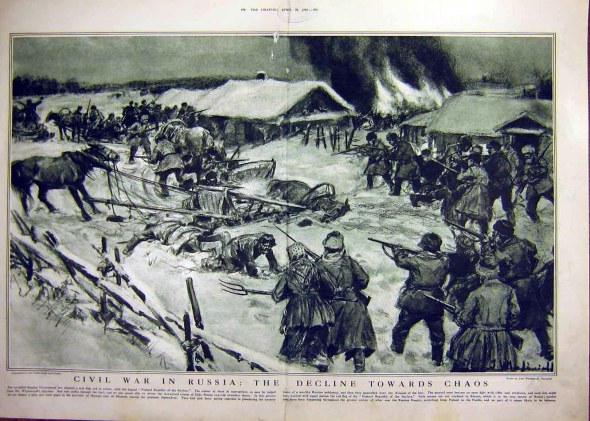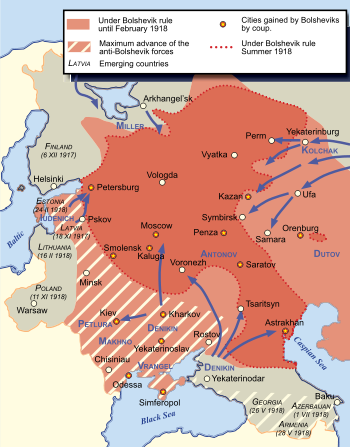Fanny Duberly who travelled along with British troops throughout the Crimean War, is seen here with her husband Captain Henry Duberly in Crimea; 1855
Frances Isabella (“Fanny”) Duberly (27 September 1829 – January 1903) was an English soldier’s wife who published a journal of her experiences on campaign in the Crimean War and the Indian Rebellion of 1857. Her husband, Captain Henry Duberly, was paymaster to the 8th Royal Irish Hussars, part of the British light cavalry that took part in the Charge of the Light Brigade. Duberley’s journal of her time in the Crimea was published as Journal Kept During the Russian War. It not only includes eye-witness accounts, but is also a record of gossip and rumours circulating in the British Army.
Duberly’s adventures did not always sit well with society. She was pointedly snubbed at the Royal review of her husband’s regiment after the war. The journal she published after the war had originally been intended to have a dedication to Queen Victoria, but this was refused, much to her dismay. Nonetheless she was popular with the troops (who nicknamed her “Mrs. Jubilee”) and many people in England. Her published journal met with some success and prints of a photo of her taken by Roger Fenton sold quite well. (Wikipedia)
An interesting article about her in The Telegraph: She wanted to cause a stir… and she did.
American intervention in the Russian Civil War:
 American involvement in Russia was part of an Allied Intervention into Russia rather than an actual invasion. President Wilson authorized limited military force in Russia but no formal declaration of war was ever authorized by the American Congress. Wilson ordered 5,000 men to occupy Arkhangelsk and around 8,000 to Vladivostok, a port city on the far eastern reaches of Russia. The American “expeditionary” forces were not part of a concerted American war effort but rather an American commitment made out of the emerging European debates that followed the First World War. Wilson was also known to use limited occupational forces to achieve political goals. One example is his 1914 occupation of the Mexican port city Veracruz to influence the success of a U.S. friendly Mexican government, obviously Veracruz is a different story but it demonstrates that Wilson used Executive power to authorize military occupations that were not necessarily outright invasions or declarations of war.
American involvement in Russia was part of an Allied Intervention into Russia rather than an actual invasion. President Wilson authorized limited military force in Russia but no formal declaration of war was ever authorized by the American Congress. Wilson ordered 5,000 men to occupy Arkhangelsk and around 8,000 to Vladivostok, a port city on the far eastern reaches of Russia. The American “expeditionary” forces were not part of a concerted American war effort but rather an American commitment made out of the emerging European debates that followed the First World War. Wilson was also known to use limited occupational forces to achieve political goals. One example is his 1914 occupation of the Mexican port city Veracruz to influence the success of a U.S. friendly Mexican government, obviously Veracruz is a different story but it demonstrates that Wilson used Executive power to authorize military occupations that were not necessarily outright invasions or declarations of war.
Importantly the number of around 13,000 thousand American soldiers was considerably less than the commitments of Czechoslovakia’s (50,000), France’s (12,000) and Britain’s (40,000). Moreover the strategic importance of the areas occupied by America were also minor in comparison to other zones of conflict and the role of America was manifestly less significant than the contributions of her Allies. General Graves who commanded the American contingent present in Siberia (American Expeditionary Force Siberia) had the aim of protecting American military equipment and American capital investment that was still in Russia after the abdication of Tsar Nicholas II. Graves’ other objectives included safe guarding the exit of the Czech legion from Russian territory and to assist the reorganization of the new Russian government.
You have to take into account that Russia in 1918 was vastly different from the Communist state that we understand it to have been throughout the twentieth century. In 1918 it was not clear that the Bolsheviks would emerge as victors, the Red Army faced opponents on four fronts to control a comparatively small area compared to the huge country we know Russia is today. The map I’ve linked at the bottom shows the extent of Bolshevik control in 1919, Archangelsk is just at the top, Vladivostok where most of the Americans were stationed is located thousands of kilometers to the east and Americans stationed there engaged in a limited role against Russian Cossacks, a group separate to the Revolutionary Bolsheviks.
Wilson’s motivations for sending American troops were numerous but stemmed from his willingness to see through his own vision for a post war peace process. He was pressured by allies to commit to Russian intervention and he likely did so in a diplomatic measure to ensure he had some leverage in the Paris Peace Conference in 1919. Undoubtedly Wilson was more concerned with fostering a democratic environment in Europe (and protecting physical American interests in Russia) rather than in participating in a huge mobilization against Russia after the toll of the First World War. The intervention was certainly no secret, Congressmen, Newspapers and Citizens were alert to the experiences of American soldiers stationed in the frozen port cities and campaigned for the men to be returned. Generally Americans opposed intervention and largely felt that their commitment in the First World War had been sufficient enough in aiding allied European nations. Additionally many Americans did not share the international spirit that Wilson pushed in the post-war peace conferences. President Warren Harding who followed Wilson’s administration condemned the intervention as a complete mistake.
Here are a couple of good sources if you want to develop some of the ideas that I’ve written here:
(It wasn’t an invasion, it was an intervention authorized by the President and not Congress and the American people knew about it.)
*Maybe the best quick read to get the bet settled that isn’t a wikipedia article.
*The introduction here will help you get a better idea on some of the context surrounding the intervention.


